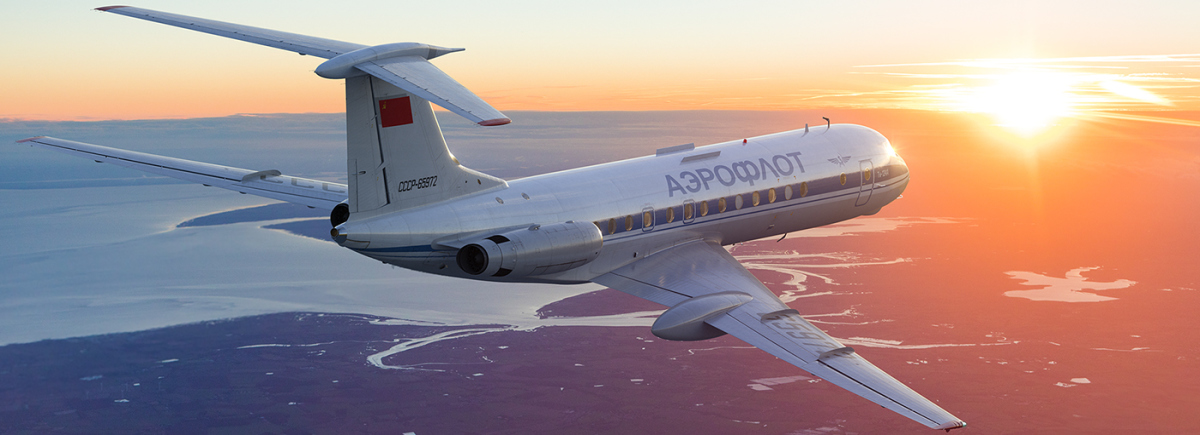About Modern History
Gathered on one page some facts about the history of Russia, the USSR, the US, fascism, capitalism, economics, and more.
https://hub.hubzilla.de/page/kuchinster/history
#russian #Russia #WWII #WW2 #USSR #USA #NATO #fascism #capitalism #nuclear #nuclear-weapons #psyops #terrorism #nazi #ukraine #canada #france #britain #CIA #gulag #chernobyl #economy #famine #history
https://hub.hubzilla.de/page/kuchinster/history
#russian #Russia #WWII #WW2 #USSR #USA #NATO #fascism #capitalism #nuclear #nuclear-weapons #psyops #terrorism #nazi #ukraine #canada #france #britain #CIA #gulag #chernobyl #economy #famine #history

